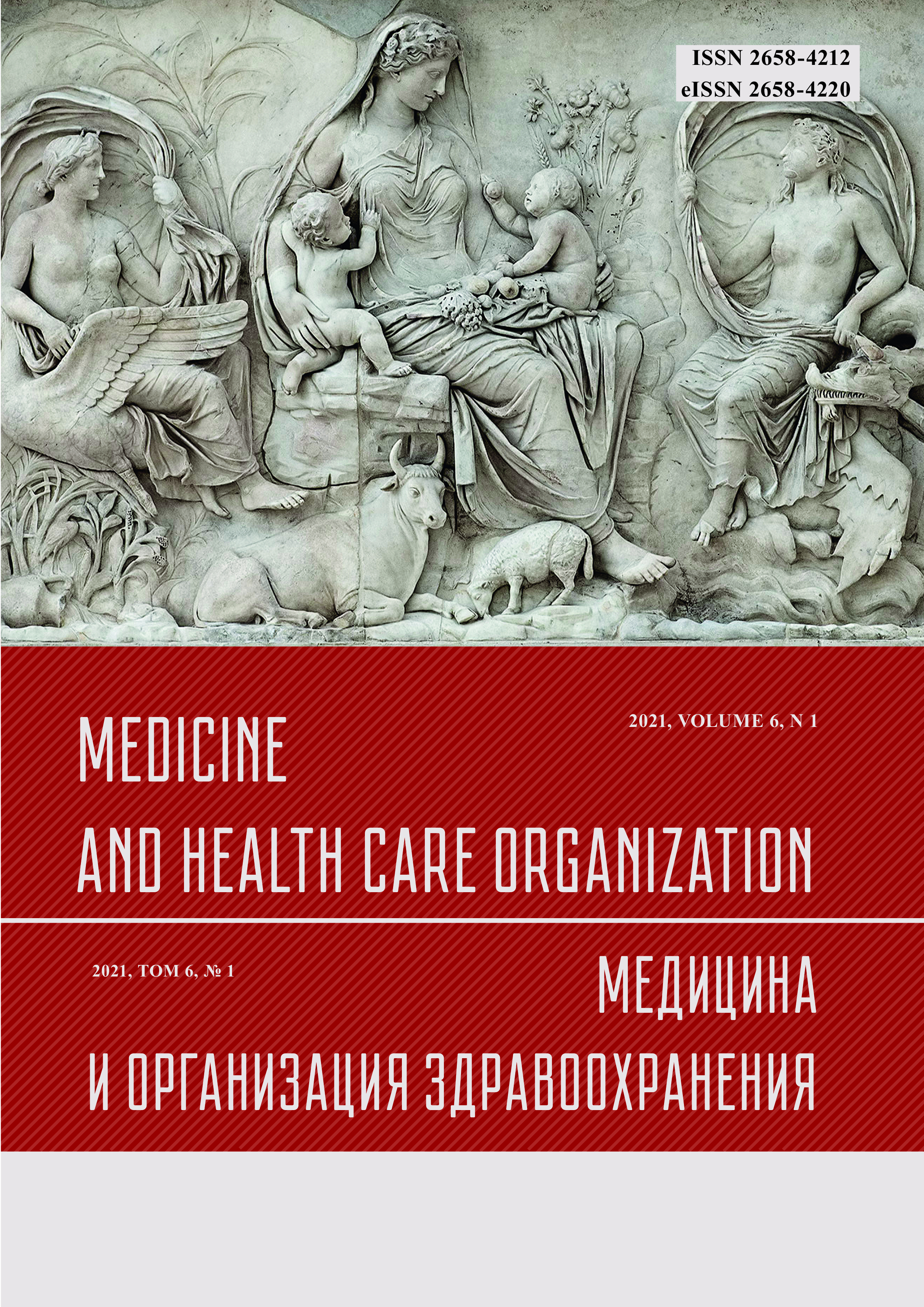POSSIBILITY AND RESULTS OF APPLICATION OF ENDOSCOPIC VACUUM THERAPY IN THE TRAETMENT OF ESOPHAGEAL-PLEURAL FISTULAS OF VARIOUS ETIOLOGUES
Abstract
Currently, the use of various endoscopic methods for closing esophagopleural fistulas of various etiologies has its drawbacks, limitations and complications. Purpose of this work is to evaluate the effectiveness of endoscopic vacuum therapy in the treatment of “acute” and “chronic” esophagopleural fistulas of various etiologies. This paper presents the experience of treating 9 patients with esophogapleural fistulas of various etiologies with the use of endosocortical vacuum therapy. In all 7 (77,8 %) patients with “acute” esophagopleural fistulas, complete elimination of the defect of the upper gastrointestinal tract was noted, in 2 (20 %) patients with “chronic” fistulas, it was possible to close the fistula only for the duration of therapy sessions, which made it possible to prepare patients for the second stage - esophageal stenting with subsequent surgical intervention. In 4 (44,5 %) cases, there was a fatal outcome due to increasing cardiovascular insufficiency and pulmonary embolism, while during the pathoanatomic study, complete restoration of the integrity of the esophageal wall and localization of pleural empyema was noted, in 5 (55,5 %) - recovery and complete restoration of adequate oral nutrition. The use of endoscopic vacuum therapy for the treatment of “acute” esophageal defects of various etiologies is a promising method, which, due to its safety and low trauma, can be used as an alternative to surgical intervention, in the treatment of “chronic” ones, as a stage preceding reconstructive surgery.



